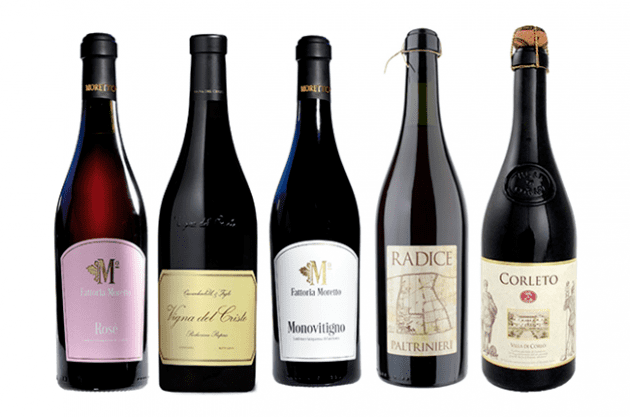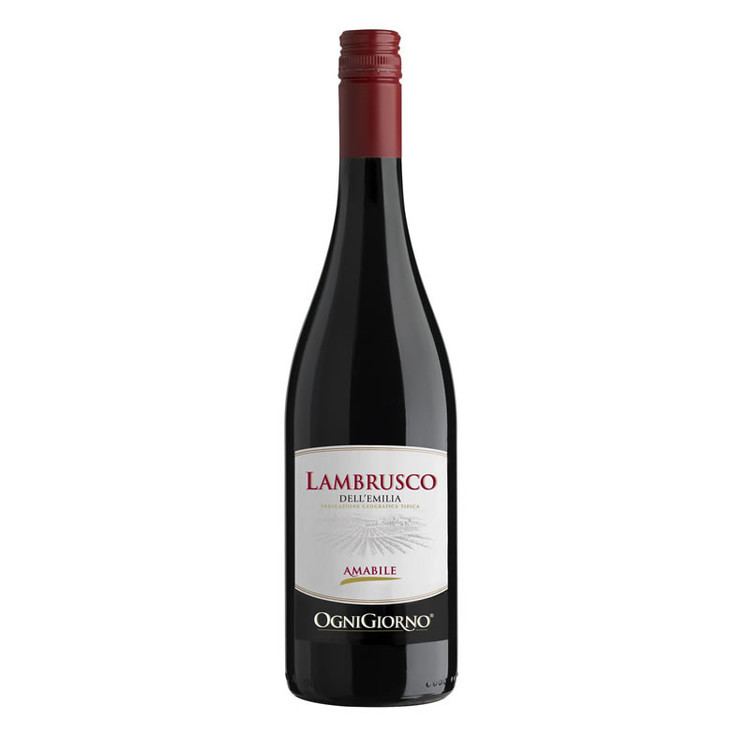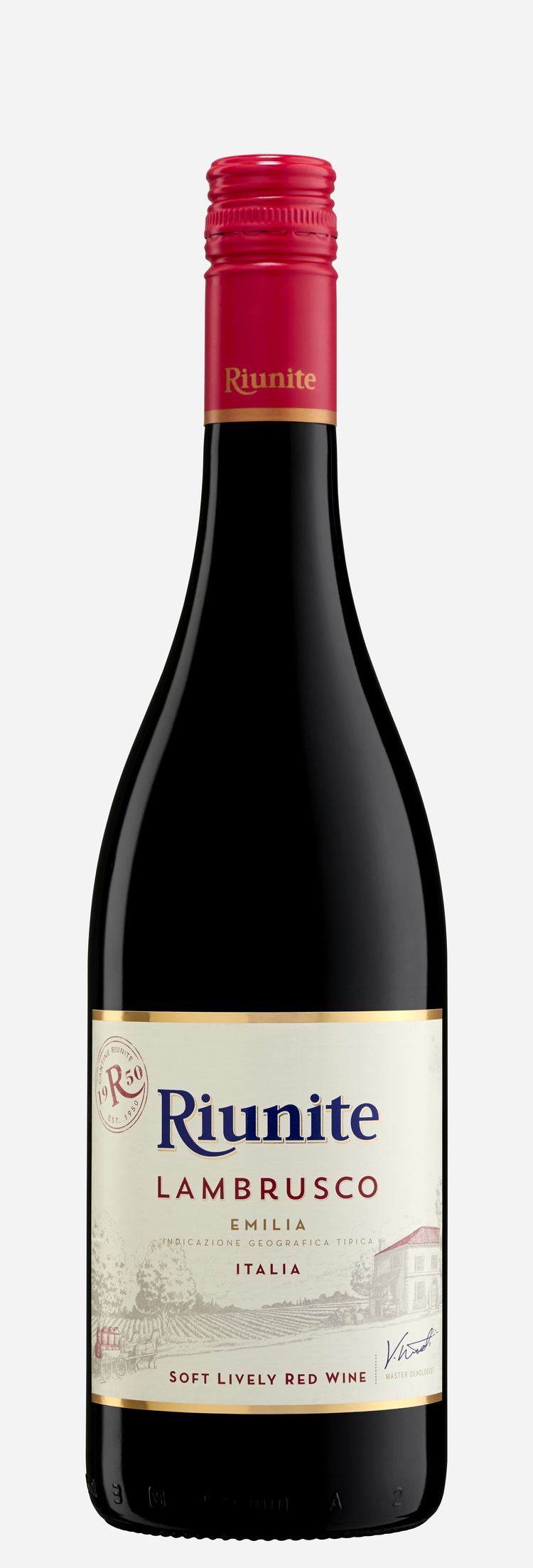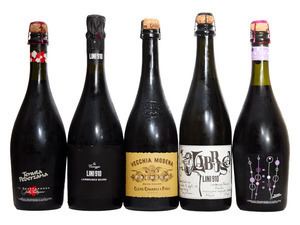Rank Cultivar | ||
 | ||
Scientific name Vitis vinifera 'Lambrusco' Similar Sparkling wine, Chianti DOCG, Barbera, Rosé, Merlot | ||
Wine of the weekend lini 910 lambrusco
Lambrusco ( /læm.ˈbrʊs.koʊ/; [lam.ˈbru.sko]) is the name of both a red wine grape and an Italian wine made principally from the grape. The grapes and the wine originate from four zones in Emilia-Romagna and one in Lombardy, principally around the central provinces of Modena, Parma, Reggio nell'Emilia, and Mantua. The grape has a long winemaking history with archaeological evidence indicating that the Etruscans cultivated the vine. In Roman times, the Lambrusco was highly valued for its productivity and high yields with Cato the Elder stating that produce of two thirds of an acre could make enough wine to fill 300 amphoras.
Contents
- Wine of the weekend lini 910 lambrusco
- Anna s wine rack lambrusco reggiano
- Grape
- Italian wine
- Wine regions
- Other regions
- References

The most highly rated of its wines are the frothy, frizzante (slightly sparkling) red wines that are designed to be drunk young from one of the eight Lambrusco denominazione di origine controllata (DOC) regions: Colli di Parma Lambrusco, Lambrusco Grasparossa di Castelvetro, Lambrusco di Sorbara, Lambrusco Salamino di Santa Croce, Reggiano Lambrusco, Colli di Scandiano e Canossa Lambrusco, Modena Lambrusco, and Lambrusco Mantovano. Throughout the 1970s and 1980s, sweet Lambrusco was the biggest selling import wine in the United States. During that time the wine was also produced in a white and rosé style made by limiting the skin contact with the must.

Anna s wine rack lambrusco reggiano
Grape

The most commonly found six Lambrusco varieties are Lambrusco Grasparossa, Lambrusco Maestri, Lambrusco Marani, Lambrusco Montericco, Lambrusco Salamino, and Lambrusco Sorbara. All of these various Lambrusco grapes are indigenous to Emilia and neither clones nor sub-clones. Most Lambruscos are made from more than one Lambrusco variety and additionally often blended with a number of specific blending grapes (max. 15%), such as Ancellotta (for color), Marzemino, Malbo Gentile, Cabernet Sauvignon (for body and structure), and others. The grape vines are often trained high above the ground to prevent the development of mildew. Historically the vines were trained to climb up poplar trees. The grape itself is not particularly sweet but many of the commercial Lambrusco versions are sweetened by either partial fermentation or with the addition of rectified concentrated grape must. When not fermented sweet, the Lambrusco grape is capable of producing an excellent dry wine with strawberry notes and a slight bitter finish.

By the end of the 20th century, ampelographers had identified over 60 varieties of Lambrusco scattered throughout Italy including-Piedmont, Sicily and the Veneto. The most widely planted variety is Lambrusco Salamino.
Italian wine

Today, there are various levels of dryness / sweetness, including secco (bone dry / dry), amabile (off-dry / sweet) and dolce (very sweet). Sweet Lambrusco became hugely popular in the United States in the late 1970s-1980s, reaching a high of over 13 million cases exported to the country in 1985. The wine is noted for high acidity and berry flavors. Many of the wines now exported to the United States include a blend of Lambruscos from the different DOCs and are sold under the Indicazione Geografica Tipica (IGT) designation Emilia.

The wine is rarely made in a "champagne" (metodo classico) style. It is typically made using the Charmat process where a second fermentation is conducted in a pressurized tank.
Wine regions

Other regions

In Australia a number of cheaper bottled and box wines are produced by Australian vineyards and sold as "Lambrusco". They are typically medium-sweet, around 10% ABV and styled as an "easy drinking" product.
In Argentina, Lambrusco Maestri accounts for several hundred planted hectares.
